In 1916, the Battle of Verdun became a brutal symbol of endurance and sacrifice during World War I, where over 700,000 soldiers faced relentless artillery fire and trench warfare. It wasn’t just a fight for land; it was a fight for pride, encapsulated in the rallying cry, ‘They shan’t pass!’ This monumental clash led to staggering losses on both sides, leaving an indelible mark on France’s national psyche. But what really went on behind those lines? The strategies, the human stories, and the aftermath paint a gripping picture of a battle that still resonates today.
Key Points
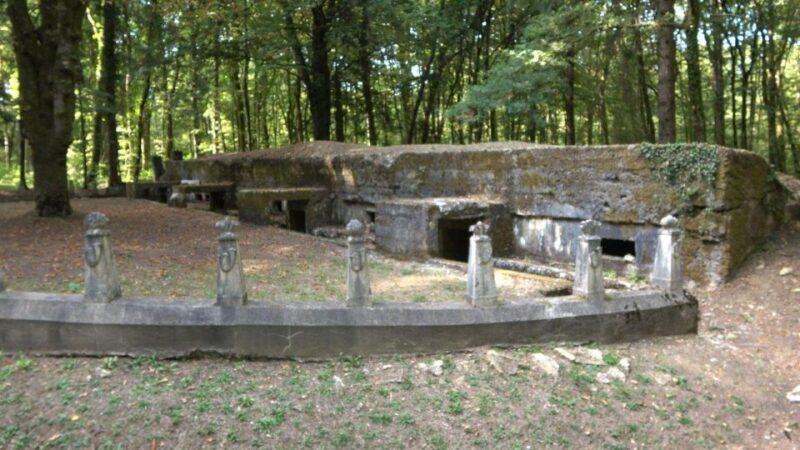
- The Battle of Verdun lasted from February to December 1916, becoming one of the longest and bloodiest battles in history.
- Over 700,000 soldiers fought, with staggering losses symbolizing the immense human cost of war.
- French forces focused on defending key fortifications, embodying the spirit of resilience with the phrase ‘They shan’t pass.’
- The battle utilized trench warfare and relentless artillery bombardments, showcasing brutal combat conditions and psychological impacts on soldiers.
- Verdun remains a powerful symbol of sacrifice and national identity in France, with monuments preserving its historical legacy.
Historical Significance of Verdun
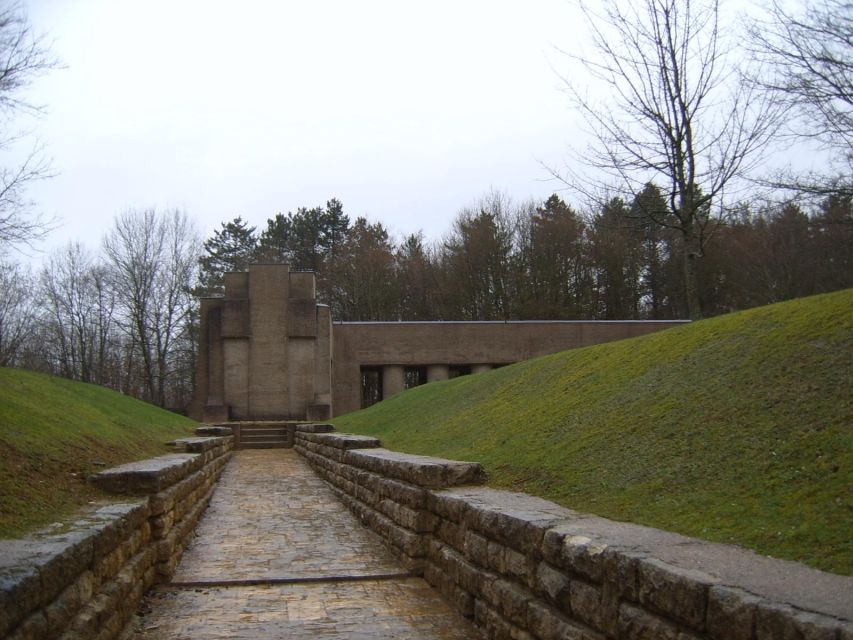
The Battle of Verdun stands as a pivotal moment in World War I, symbolizing not just the brutal reality of trench warfare but also the enduring spirit of the French nation. Fought from February to December 1916, this battle became a symbol of national determination.
Over 700,000 soldiers faced off in a small area, making it one of the longest battles in history. The relentless fighting showcased the horrors of war, with both sides suffering heavy casualties.
For France, Verdun wasn’t just a military engagement; it represented their resilience and refusal to surrender. The phrase ‘They shan’t pass‘ encapsulated this sentiment, making Verdun a lasting emblem of courage and sacrifice in the collective memory of the French.
You can also read our reviews of more tours and experiences in Verdun.
Key Strategies and Tactics

Fighting at Verdun relied heavily on trench warfare strategies and relentless artillery bombardments, which shaped the brutal tactics employed by both French and German forces throughout the grueling battle.
The French strategically established a strong defensive line, focusing on holding key fortifications like Fort Douaumont. Meanwhile, the Germans aimed to bleed the French army dry, launching massive attacks to wear down their morale.
Both sides used creeping barrages to protect advancing troops, creating a deadly dance of destruction. The constant back-and-forth meant that adaptation was crucial; each side learned from the other’s tactics, tweaking their approaches as the battle dragged on.
This relentless exchange of fire and strategy turned Verdun into a symbol of endurance and sacrifice for both nations.
Major Participants and Forces
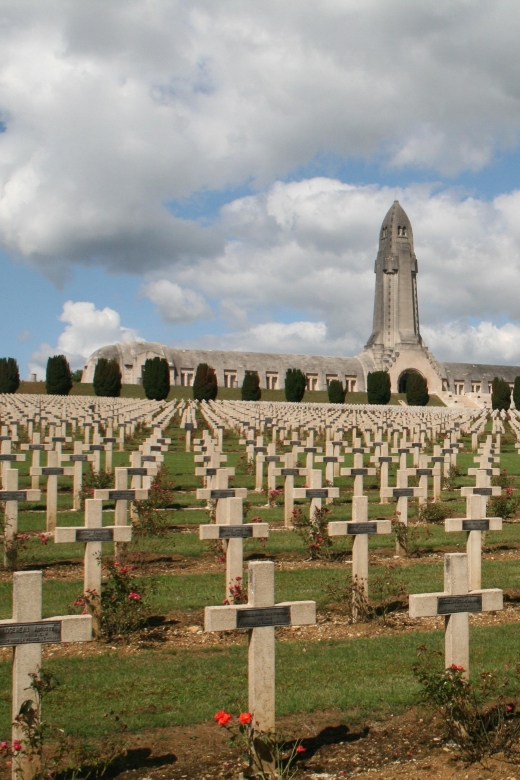
Key players in the Battle of Verdun included the French Army, determined to defend their territory, and the German forces, intent on breaking French resolve and seizing control of the strategic location. Both sides pumped immense resources and manpower into this grueling conflict, making it a key point in WWI.
| Force | Objective |
|---|---|
| French Army | Defend Verdun at all costs |
| German Army | Capture Verdun and weaken France |
| Allied Forces | Support the French indirectly |
| Artillery Units | Dominate the battlefield with firepower |
| Infantry Troops | Engage in close combat and hold ground |
This relentless struggle showcased the commitment of both armies, forever marking Verdun as a symbol of endurance and sacrifice.
The Human Cost of War
Both the French and German forces faced staggering losses during the Battle of Verdun, highlighting the grim reality of war and its toll on human life. This battle, which lasted nearly a year, claimed around 700,000 lives, leaving countless families shattered.
Soldiers fought valiantly, but the relentless shelling and brutal conditions took a heavy toll. Many suffered not just physical injuries but also psychological scars that lasted long after the guns fell silent.
The battle became a symbol of endurance and sacrifice, as troops on both sides were pushed to their limits. Verdun isn’t just about strategical gains; it’s a haunting reminder of the human cost that war demands, echoing through history as a testament to resilience amidst tragedy.
More Great Tours NearbyLasting Impact on France

The Battle of Verdun left an indelible mark on France, shaping its national identity and collective memory in profound ways. It became a symbol of French resilience and tenacity, resonating deeply with the nation’s spirit.
The phrase “They shan’t pass!” immortalized the determination of the soldiers and is still echoed in French culture today. This battle not only highlighted the horrors of war but also fostered a sense of unity among the French people, reminding them of their shared sacrifices.
Monuments and memorials now dot the landscape, serving as constant reminders of the past. Verdun has become a focal point for remembrance, ensuring that the bravery of those who fought there will never be forgotten in French history.
Visiting the Battlefields
Visiting the battlefields of Verdun offers a unique opportunity to connect with France’s poignant history and honor the sacrifices made during one of World War I’s most grueling confrontations.
Travelers can explore significant locations like the Colonel Driant Command Post, where the offensive began, and pay their respects at the Douaumont Ossuary, a tribute to both French and German soldiers.
The Bayonet Trench Monument and destroyed village of Fleury tell stories of resilience.
With a private tour, participants enjoy personal transportation, an English-speaking guide, and a chance to soak in the somber atmosphere.
Those interested in history will find this experience deeply moving, making it a must-visit for anyone drawn to the past.
Guided Tour Experience
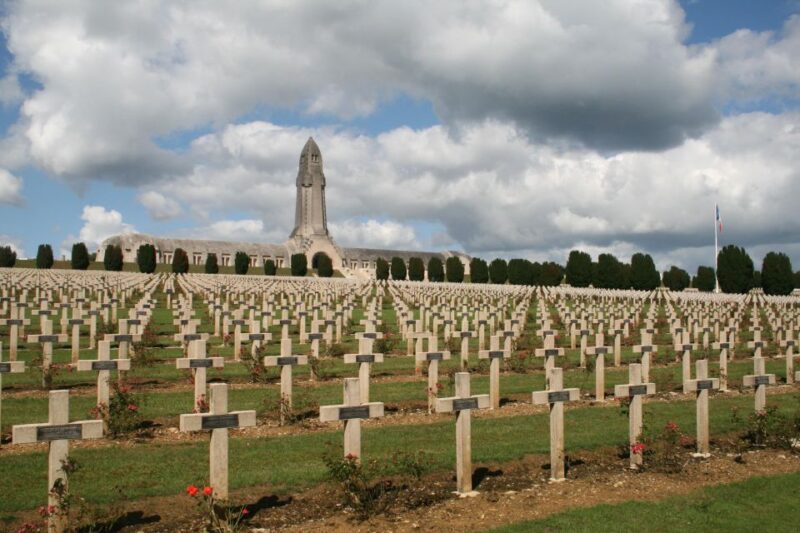
Setting out on a guided tour of Verdun immerses participants in the rich tapestry of history, offering a firsthand look at the battle’s pivotal sites and stories.
This seven-hour private experience, priced from $786.35 for up to four people, includes a knowledgeable English-speaking guide who brings the past to life.
Visitors explore the Colonel Driant Command Post, pay tribute at the Douaumont Ossuary, and enjoy lunch in Verdun.
The itinerary also features the Bayonet trench monument, the destroyed Village of Fleury, and the exterior of Fort Douaumont.
With bottled water provided and free cancellation up to 24 hours in advance, it’s an accessible way to delve deep into one of WWI’s most significant battles.
Personal Reflections and Legacy
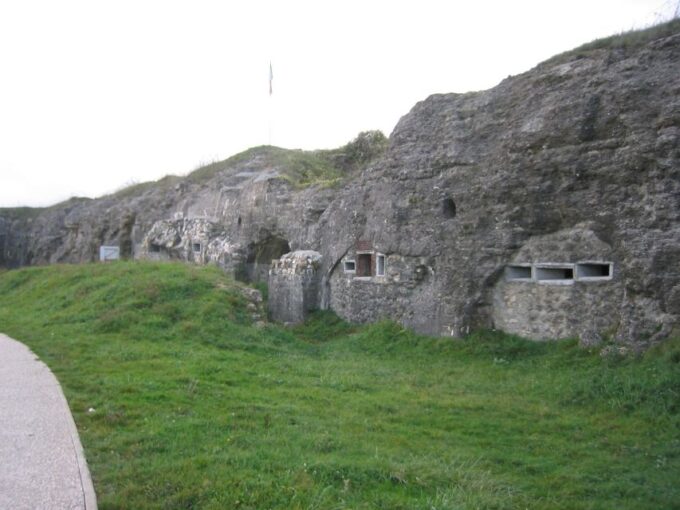
Reflecting on the Battle of Verdun evokes a powerful sense of the immense sacrifice and enduring legacy that shaped not just France, but the entire world during WWI. The sheer scale of loss—over 700,000 soldiers—reminds everyone of the cost of conflict.
Verdun’s haunting landscapes serve as a testament to resilience, symbolizing the determination to protect one’s homeland. Today, it stands as a somber reminder of the horrors of war, urging future generations to strive for peace.
Visitors who walk the grounds often feel a deep connection to history, recognizing the shared humanity behind the uniforms. Verdun’s legacy isn’t just in its monuments; it’s in the lessons learned about the fragility of life and the importance of remembrance.
Frequently Asked Questions
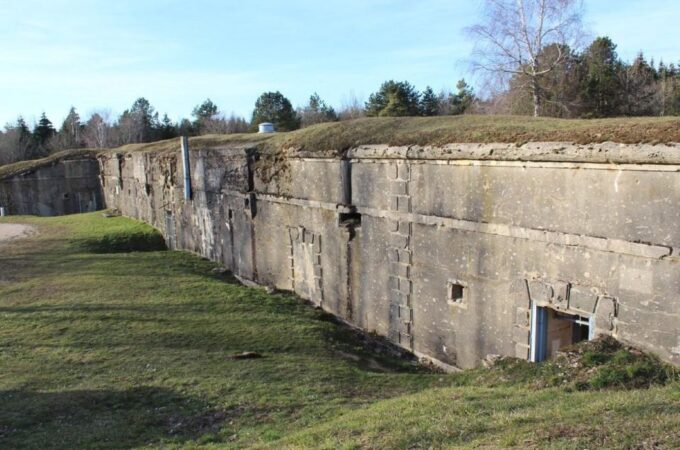
What Is the Best Time of Year to Visit Verdun?
For a visit to Verdun, late spring and early fall are ideal. The weather’s pleasant, and the crowds are manageable. Plus, the scenery’s beautiful, making it a perfect time for exploring the historic sites.
Are There Any Age Restrictions for the Guided Tours?
The guided tours have a restriction; they’re not suitable for kids under 11 or wheelchair users. Participants can enjoy a unique experience, but it’s best to check those age limits before booking.
Can You Customize the Tour Itinerary?
They can customize the tour itinerary to fit your group’s interests. Just let the guide know what you’d like to see or skip, and they’ll tailor the experience for a memorable adventure.
Is Food Provided During the Tour?
The tour doesn’t provide food, but it includes a lunch stop in Verdun. Participants can grab a bite and enjoy local cuisine, making the experience even more memorable while exploring historical sites.
How Do I Get to Verdun From Paris?
To get to Verdun from Paris, he can take a train from Gare de l’Est, which takes about 2 hours. Alternatively, driving offers flexibility, taking roughly 3 hours via the A4 highway.
Sum Up
Verdun isn’t just a chapter in history; it’s a powerful reminder of human resilience and sacrifice.
The echoes of the battle still resonate today, urging us to remember those who fought bravely.
Whether you’re walking the hallowed grounds or diving into the stories of the soldiers, the spirit of Verdun lives on.
It’s a place where history meets reflection, making it a must-visit for anyone wanting to grasp the true cost of war and the strength of the human spirit.
You can check availability for your dates here: